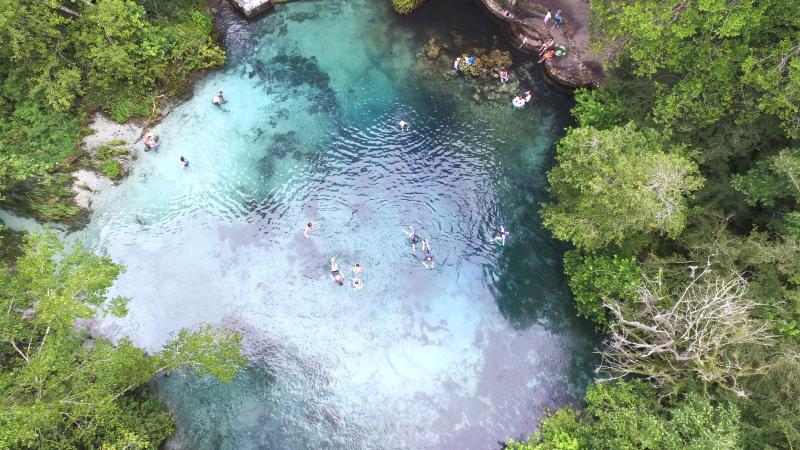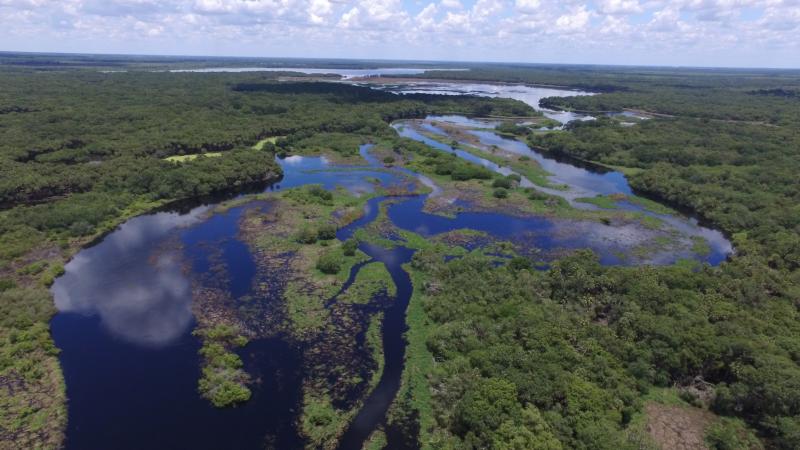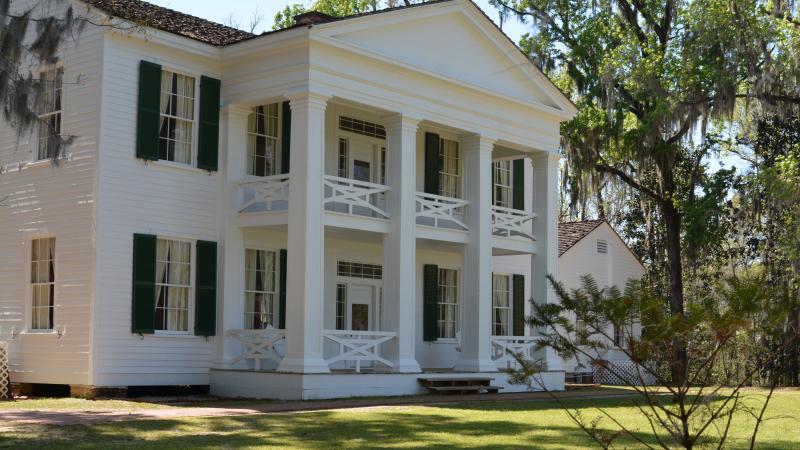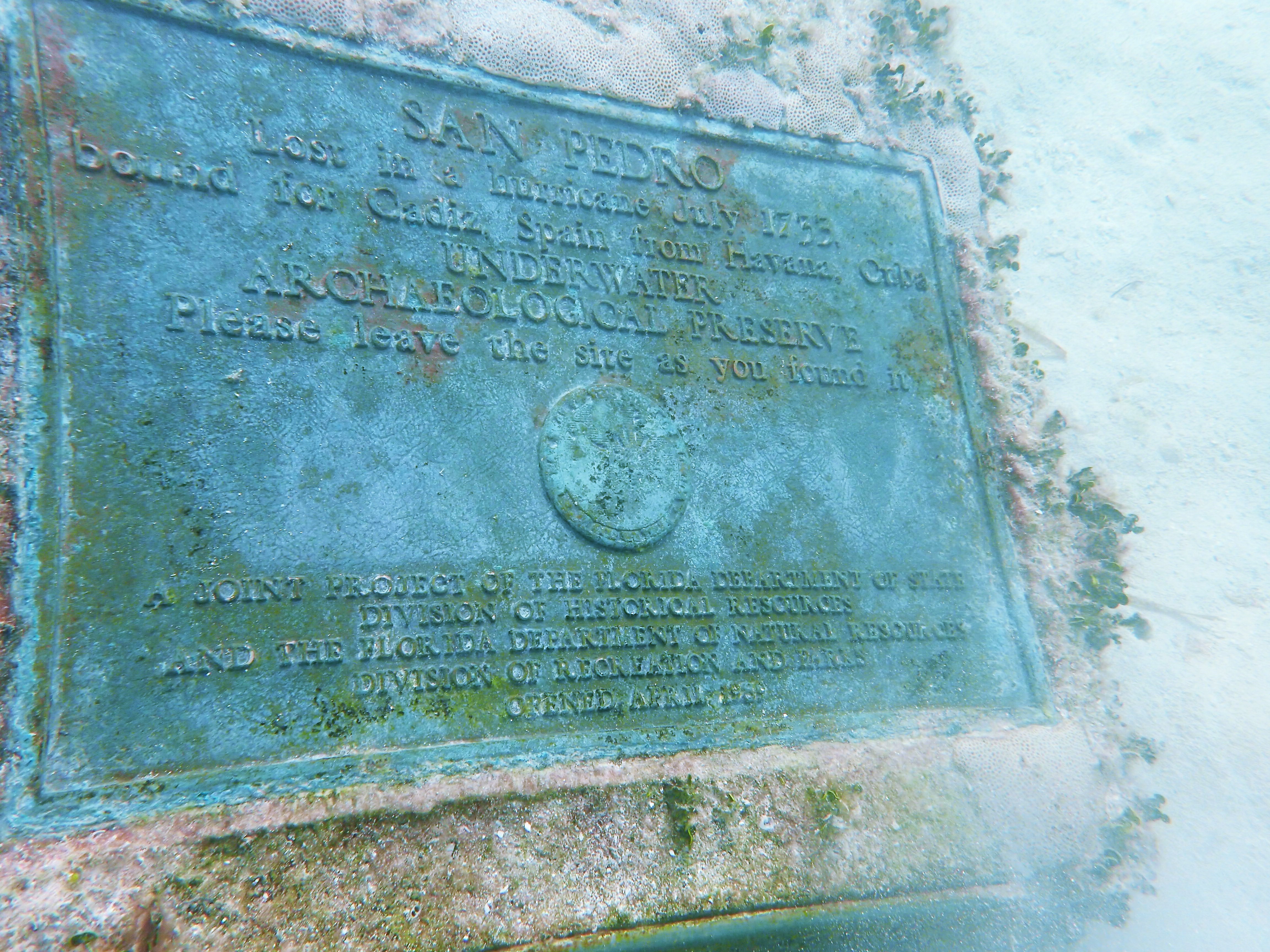
History of the San Pedro
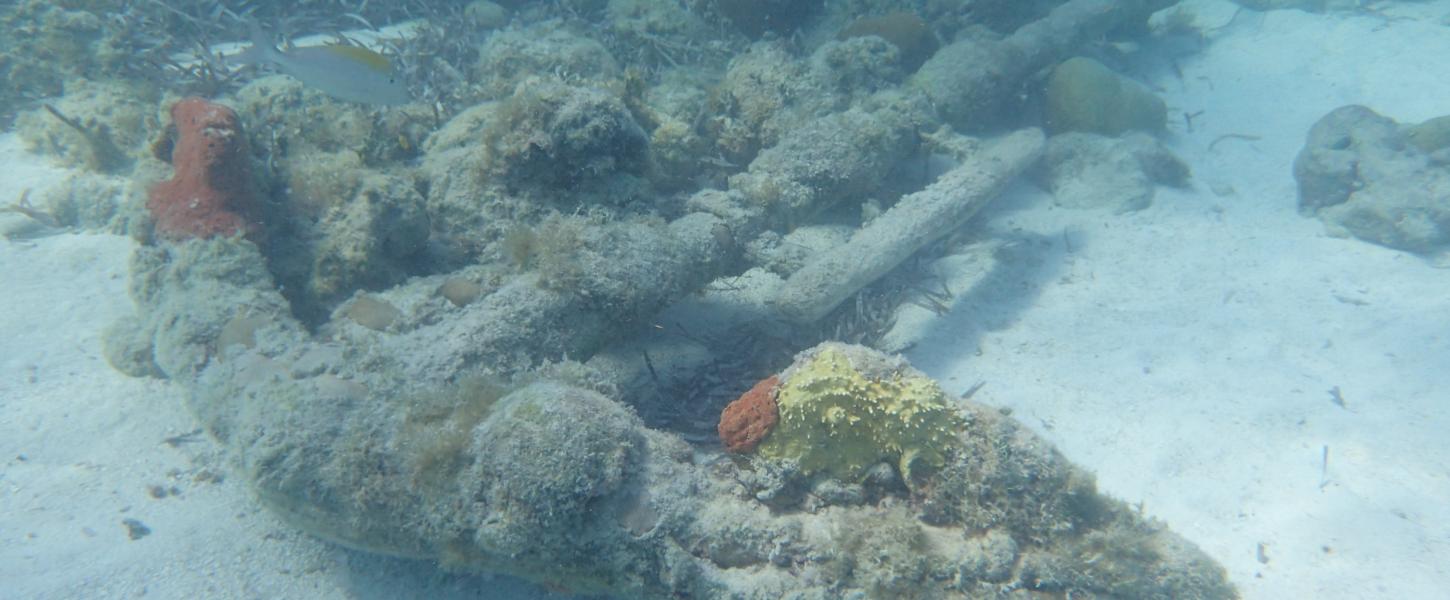
On July 13, 1733, the New Spain Fleet left Havana bound for Spain and packed with goods to support the empire. The fleet consisted of three armed galleons and 18 merchant ships packed with tanned hides, rare spices, precious jewels, silver and gold.
Two days into the journey, the weather turned and the crew feared a hurricane was imminent. The fleet was directed to turn around and make their way back to Havana, but it was too late. As the winds shifted, 19 ships were blown into shallow water and grounded along the Keys.
The surviving crew members found refuge on the nearby islands and cobbled together makeshift shelters from the wreckage until rescue vessels arrived.
The rescue vessels came with supplies, divers, soldiers and salvage equipment to help the men and salvage the treasures that the vessels were transporting. The ships that could not be refloated were burned to the water line so divers could access their lower holds and the ships' locations would be hidden from looters. The salvage mission continued for several years.
The San Pedro was one of the merchant vessels of the Spanish Plate Fleet of 1733. This 287 Dutch-built galleon was carrying 1,600 pesos in Mexican silver and many crates of Chinese porcelain. She was also loaded with other New World treasures including cochineal (to make red dye) and indigo (to make blue dye).
After the hurricane struck, the San Pedro was full of water and her decks awash; however, nearly all the cargo was salvaged and taken to a nearby salvage camp on Indian Key. Today her remains lie in 18 feet of water only one mile south of Indian Key.
In the 1960s, the San Pedro was discovered by locals and recovery efforts during this time removed small silver coins dated between 1731 and 1733 as well as her cannons and other hardware.

In 1988, the wreck of the San Pedro was chosen to become Florida’s second Underwater Archaeological Preserve. The San Pedro’s remains were carefully mapped by state archaeologists and students from Florida State University and Indiana University.
To augment the site, a bronze plaque was placed among the ballast stones, as well as a 1733 anchor from another ship. Cement cannons were also brought in to replace the original cannons removed by salvors.
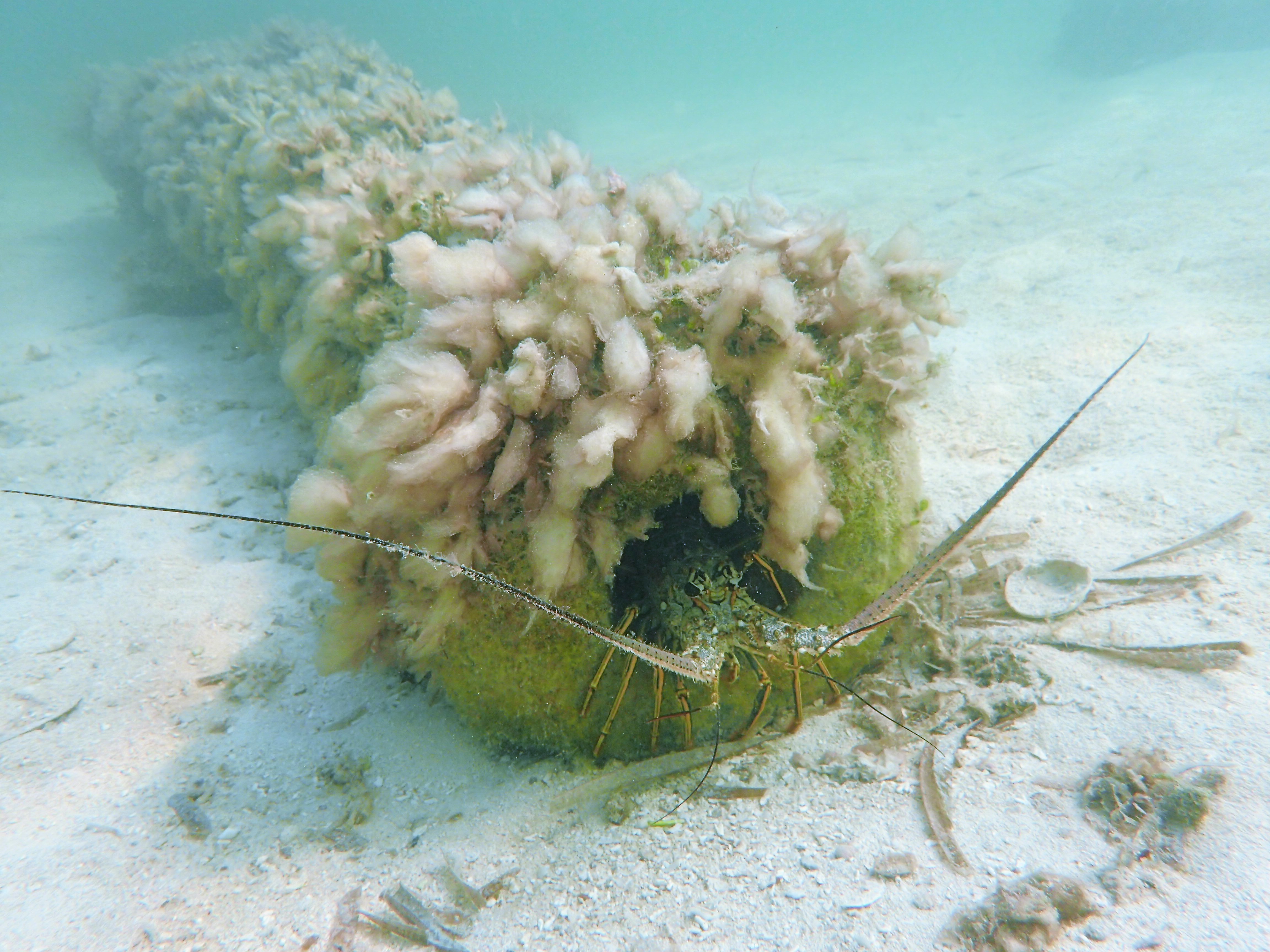
Today divers and snorkelers can visit the site and explore one of Florida’s oldest shipwreck sites.
When visiting the San Pedro remember to take only pictures and leave only bubbles.
